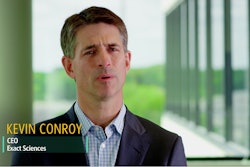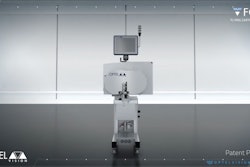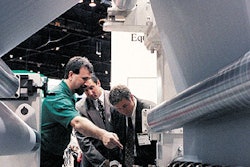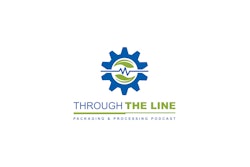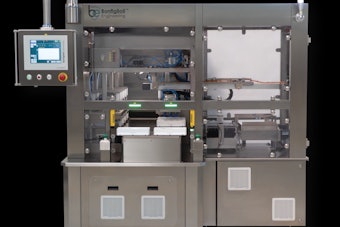That means companies tend to use the same packaging, without considering end-of-life sustainability issues, consumer needs, and other factors that could deliver benefits to the company, says Brian Wagner, co-founder of Packaging and Technology Solutions (see story, page 16).
Earlier this year, Ben Miyares, vice president, industry relations for the Packaging Machinery Manufacturers Institute told Healthcare Packaging, "Packaging tends to be an invisible function in many corporations. Marketing, engineering, procurement, production, distribution, and finance all have a piece of packaging."
When it comes to packaging, management understands that money can be saved via line efficiency or source-reduced materials, but as Wagner contends, "companies don't get the profit center side in which packaging can elevate the value of the company's brand."
At the Pharmaceutical Packaging Forum in Philadelphia last March, AstraZeneca's David Mason spoke about financial savings from buying one machine over another, not recognizing that the more expensive machine to purchase initially may be the less costly one to operate in the long run, delivering savings that exceed the original equipment price difference.
Features throughout this issue focus on how packaging matters: Through lean equipment purchasing strategies (page 22), integrating line equipment (page 28), incorporating an OEE strategy (page 30), and by hard-earned lessons learned by healthcare packaging professionals (page 33). Use these valuable insights as you "take your boss to work" to convince her or him that when your company begins a product development project, packaging merits a seat at the table with all of the company's key departments and functions. Hey, management, what's your perspective? Let me know at [email protected]
-By Jim Butschli, Editor.
Earlier this year, Ben Miyares, vice president, industry relations for the Packaging Machinery Manufacturers Institute told Healthcare Packaging, "Packaging tends to be an invisible function in many corporations. Marketing, engineering, procurement, production, distribution, and finance all have a piece of packaging."
When it comes to packaging, management understands that money can be saved via line efficiency or source-reduced materials, but as Wagner contends, "companies don't get the profit center side in which packaging can elevate the value of the company's brand."
At the Pharmaceutical Packaging Forum in Philadelphia last March, AstraZeneca's David Mason spoke about financial savings from buying one machine over another, not recognizing that the more expensive machine to purchase initially may be the less costly one to operate in the long run, delivering savings that exceed the original equipment price difference.
Features throughout this issue focus on how packaging matters: Through lean equipment purchasing strategies (page 22), integrating line equipment (page 28), incorporating an OEE strategy (page 30), and by hard-earned lessons learned by healthcare packaging professionals (page 33). Use these valuable insights as you "take your boss to work" to convince her or him that when your company begins a product development project, packaging merits a seat at the table with all of the company's key departments and functions. Hey, management, what's your perspective? Let me know at [email protected]
-By Jim Butschli, Editor.



